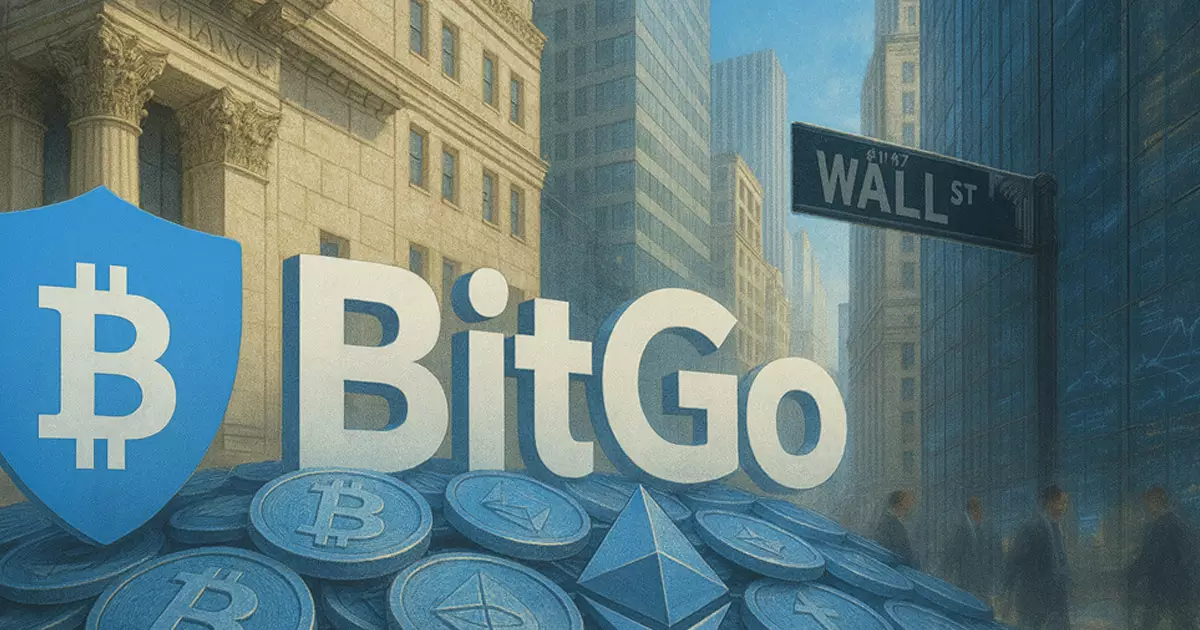BitGo’s announcement of its imminent IPO has ignited a wave of excitement about the potential mainstream integration of cryptocurrencies. Claiming over $3 billion in projected revenue for 2024—a staggering increase from under $1 billion just a year prior—sounds compelling on paper. However, numbers alone obscure the true picture. Such hyper-growth often raises eyebrows when scrutinized: Is this a genuine demand surge, or an overhyped projection designed to attract investor interest? For a company specializing in institutional custody—a niche with long-term potential—these figures need to be viewed with cautious skepticism. Massive revenue jumps, while enticing, can sometimes be an elaborate mirage, especially in a sector where volatile market sentiment can sway numbers short-term without necessarily translating to sustainable profitability.
Profitability: A Veneer of Stability?
The revelation that BitGo has turned profitable in 2024—posting a net income of $156.5 million—is remarkable within the crypto sphere, which has long struggled with profitability issues. Yet, digging deeper, the operating expenses of over $3 billion paint a different story. The lion’s share of this is attributable to over $2.5 billion in digital asset sales costs, indicating that a significant portion of “profitability” may be driven by transactional volume rather than organic growth or innovative business models. This raises two red flags: Are these revenues generated through sustainable client engagement, or merely transactional churn? And more critically, can such a firm maintain this profit level once market conditions shift or regulatory pressures intensify? The answer remains uncertain, especially considering the high expenses associated with scaling in a volatile, rapidly evolving environment.
Market Advancement or Regulatory Illusion?
BitGo’s strategic pursuits underscore a confident push into mainstream finance. Its EU approval under the Markets in Crypto-Assets (MiCA) framework signals progress; yet, it also exposes a core vulnerability. Regulatory approvals are, by nature, provisional and susceptible to change. Relying heavily on favorable regulation to fuel growth can be perilous if political winds turn or lawmakers introduce stringent policies. The pursuit of a US banking charter signals intent to integrate with traditional finance, but this path is fraught with bureaucratic hostility and potential misalignment of interests. Forward-looking expansion strategies must reckon with the inherent risks of regulatory overreach and the unpredictable pace of legal reforms, which could undercut the very momentum BitGo boasts.
Market Realities Versus Blockchain Hype
While the numbers of clients, assets on platform, and staked assets are impressive—especially with over 1 million users—the question remains: Is this growth sustainable? The crypto industry’s history teaches us to be wary of exuberance that can overshoot fundamentals. Institutional confidence is currently high, but it could be a temporary phenomenon driven by speculative fever rather than stable demand. The fact that BitGo’s user base is expanding into retail and institutional sectors is positive, yet it remains to be seen whether these clients are truly committed or just navigating the hype cycle. The rapid escalation in assets under management indicates a market tailwind, but whether it’s driven by genuine trust or short-term liquidity is uncertain.
Power Dynamics and Corporate Control
Despiteor perhaps because of its dual-class stock structure, Michael Belshe and the existing insiders maintain significant control over BitGo. While this structure can ensure strategic stability, it also empowers a narrow group to make critical decisions, possibly at the expense of wider shareholder interests. This concentration of control could stifle dissent or innovation, especially if the market shifts against crypto assets. Such structures are often criticized for undermining corporate accountability, which investors should scrutinize more carefully, particularly in a sector where transparency is already questioned.
The Road Forward: Promise With Caveats
BitGo’s move into public markets signals a maturation point for the digital asset sector. Yet, behind the surface, numerous obstacles threaten to undermine its lofty ambitions. The optimistic revenue figures, profitability, and regulatory strides paint an appealing narrative, but risks related to regulatory stability, market volatility, and corporate governance cannot be dismissed. As a center-right liberal voice, I believe that while fostering innovation is crucial, responsible oversight and prudent skepticism are equally essential. Without these, even the most promising firms risk losing their footing amid an unpredictable landscape. Cryptocurrencies have come a long way, but their true test lies ahead—one that requires sober judgment, not blind faith.

